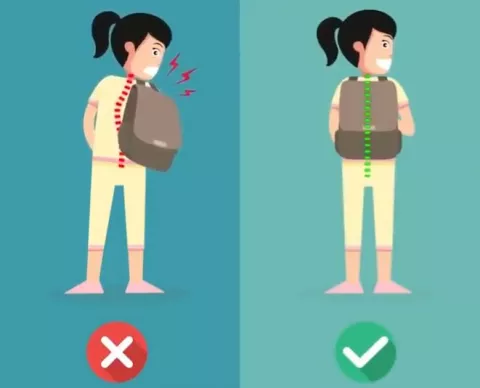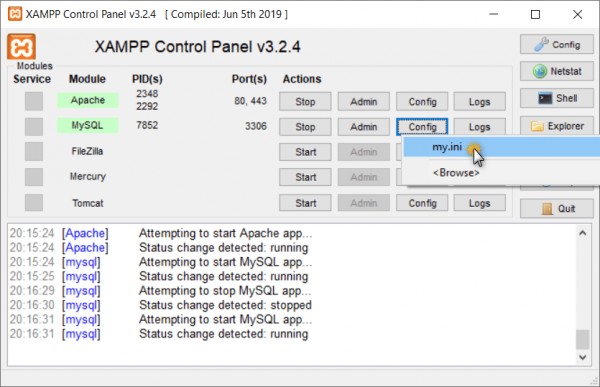Antelope Canyon is a slot canyon in the American Southwest. It is on Navajo land east of Page, Arizona. Antelope Canyon includes two separate, scenic slot canyon sections, referred to individually as “Upper Antelope Canyon” or “The Crack”; and “Lower Antelope Canyon” or “The Corkscrew”.
The Navajo name for Upper Antelope Canyon is Tsé bighánílíní, which means ‘the place where water runs through rocks’. Lower Antelope Canyon is Hazdistazí (called “Hasdestwazi” by the Navajo Parks and Recreation Department), or ‘spiral rock arches’. Both are in the LeChee Chapter of the Navajo Nation. The canyons are accessible by guided tour only.
Antelope Canyon was formed by erosion of Navajo Sandstone, primarily due to flash flooding and secondarily due to other sub-aerial processes. Rainwater, especially during monsoon season, runs into the extensive basin above the slot canyon sections, picking up speed and sand as it rushes into the narrow passageways. Over time the passageways eroded away, making the corridors deeper and smoothing hard edges in such a way as to form characteristic “flowing” shapes in the rock.
Flooding in the canyon still occurs. A flood occurred on October 30, 2006, that lasted 36 hours, and caused the Tribal Park Authorities to close Lower Antelope Canyon for five months. [from wikipedia]





































